The city is several centuries old and has witnessed both the growth and decline of the feudal system, the coming of the Danes and their settlement and then a cultural renaissance known as the Bengal Renaissance initiated by the British following the construction of the east Indian railway, along with subsequent industrial development
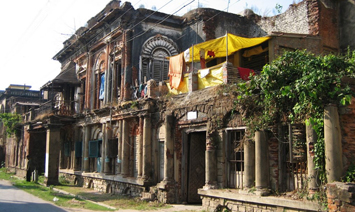
With the advent of foreign merchants during 18th Century the exterior of Serampore underwent a change which made history eventful. On the occasion of construction of Ram-Sita Temple and installation of the idol of Ram, the Zamindar of Sheoraphuly offered a few villages viz. Sripur, Gopinathpur, Mohanpur etc.
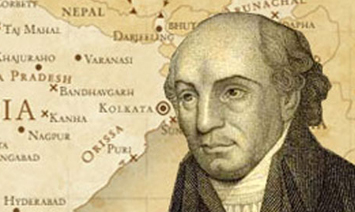
The Father of Modern Missions in the East William Carey was born on August 17, 1761 in a Small thatched cottage in Paulerspury, an obscure village in Northamptonshire, England. William,s parents, Edmund and Elizabeth were poor weavers. Edmund was appointed as a teacher in the village Charity School.
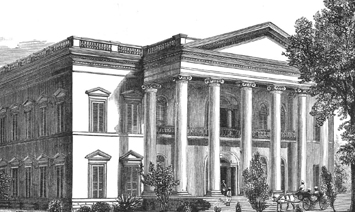
The Cradle of Modern Mission in the East Established (Serampore Mission)
in 10th January 1800
First World's largest Printing Established in the Oriental Languages established.
in 1800
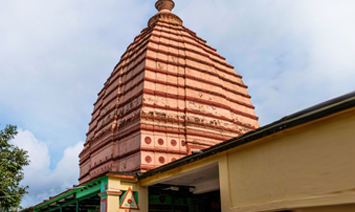
Dhruwanand Brahmachari, a devote of Lord Jagannath made a hut and a very small temple of Lord Jagannath in the bank of river Bhagirathi in Mahesh.Later the king of Murshidabad Nawab Khan Walison made contribution of 1185 Biggha of property for the service of Lord Jagannath .The old temple being engulfed by the Ganga the present one was constructed
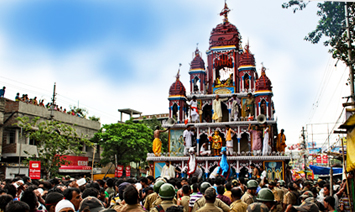
In the era of 1300 Rathyatra begin in Serampore. In this festival an enormous iron-cast car (Chariot) of Lord Jagannath along with Balram and Subhadra a large procession is taken out every year. Every Sectors of people participate to pull the Chariot from Jagannath temple to Masirbari (Aunty's house). The Car festival at Mahesh in its enormity and fame is next to that of Puri only.
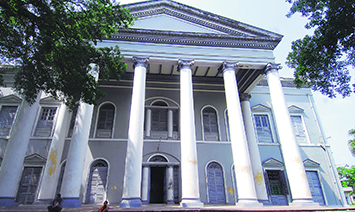
Serampore College is the pride of Serampore. The Serampore Missionaries under the leadership of Dr.WilliamCarrey declared on 15th July 1818 the prospect of the establishment of Serampore College.They acquired 8 bighas of land on the bank of Ganga and laid its foundation stone for the Construction of this building Dr. Carey
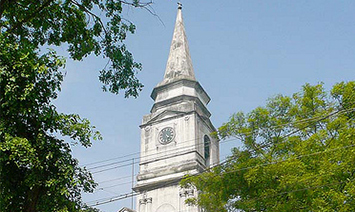
This Lutheron Church was constructed between 1800 and 1805 and dedicated to Saint Olave. The cost involved in the construction was not less than Rs.18,500 which was raised through subscription in Serampore, Calcutta and Denmark at the initiative of Col.Ole Bie, the then Danish Governer, who could not see the work completed before his death in Fredrick VI of Denmark.
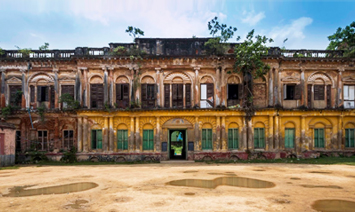
Exactly how rich were the Goswamis of Serampore? Sample this. When the Danes, finding their factory in Serampore to be a losing concern, were looking for someone to sell their title of Serampore to, Raghuram Goswami offered to purchase it for the sum of Rs. 11,00,000! However the Danes found this sum to be inadequate and ultimately
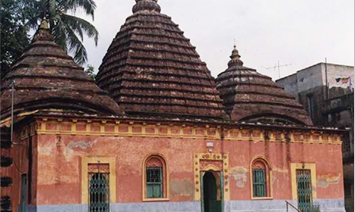
Sri Kasiswar Pandit a disciple of Lord Sri Chaitanya Maha prabhu established the Statue of Lord Gouranga in the Year 1455 at village Chatra where the original Gouranga Mandir is situated today. It is learnt that Chaitanya Mahaprabhu once visited this temple on the way to Nemai Tirtha Ghat at